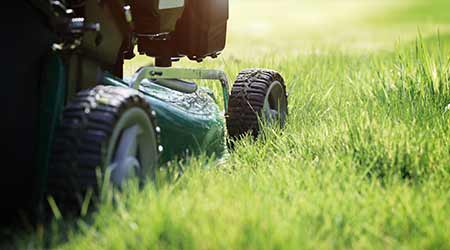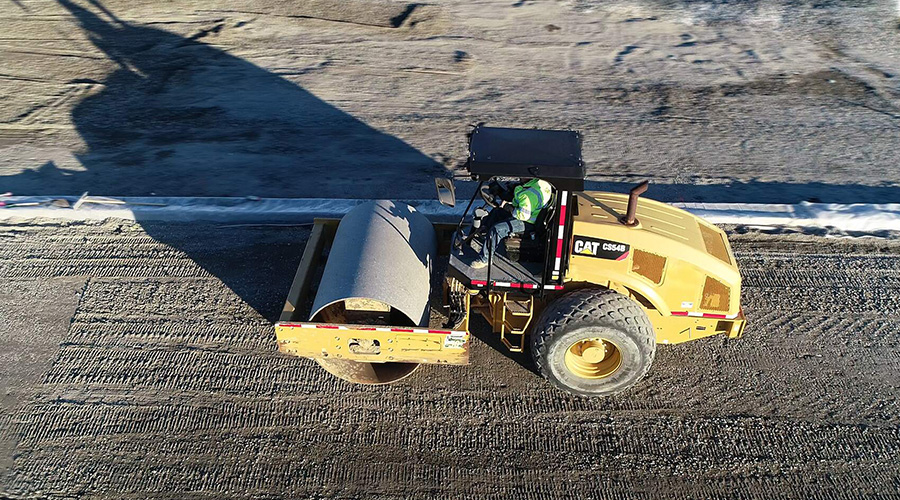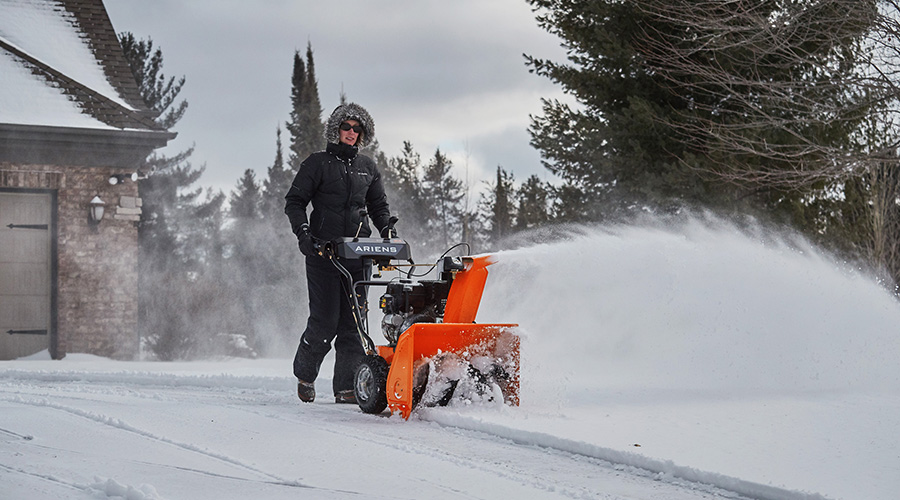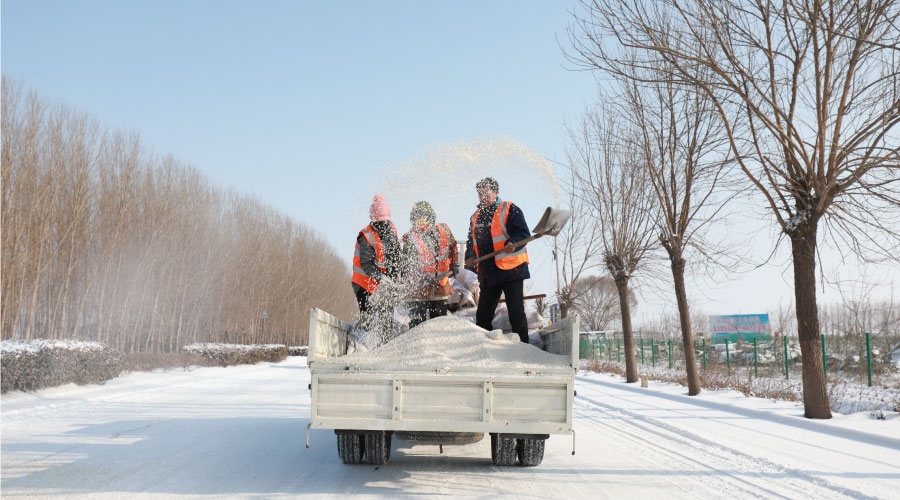 The equipment maintenance process should begin with a mechanic inspecting all component systems, documenting repair needs and creating work orders to address problems.
The equipment maintenance process should begin with a mechanic inspecting all component systems, documenting repair needs and creating work orders to address problems.Mower Maintenance Prolongs Performance Life
Performing regular maintenance on grounds equipment can help keep equipment performing in top condition.
Part one of a two part series.
Grounds managers and their organizations invest large amounts of money to acquire and operate fleets of mowing equipment needed to keep the turf areas around institutional and commercial facilities looking their best. But managers and their staffs also are responsible for ensuring each piece of mowing equipment is available when needed. As a result, managers also need to devote time and other valuable resources to equipment maintenance. Their challenge is to use a relatively fixed amount of grounds staff labor hours to perform both operation and maintenance tasks through varying workloads due to seasonal needs and changes in the weather. The key to success is an annual work plan.
The required work is predictable, but the timing is often not. Seasonal demands — mowing versus raking, for example — are easier to planned in advance. Weather is more difficult to deal with, but forecasts are becoming more accurate, so using them to plan department activities can reduce the instances of idle crews when inclement weather forces them inside.
By focusing on the workhorses of grounds care — riding, standing and walk-behind mowers, as well as utility vehicles and mowing decks — managers can develop a cost-effective maintenance program.
Maximizing mowers
A program for maintaining mowers should address potential problems and mower components. The process should begin with a mechanic or operator inspecting all component systems and documenting repair needs. For each component, a work order should detail the needed repairs, parts required, and estimated time.
One way to ensure the program covers all components is to use the maintenance manual as a reference and prepare a complete component list. A typical riding mower includes these groups of components: the mower deck arbor and clutch; wheels and tires; a lift; the electrical system, including the battery; controls; the transmission; the engine; and the frame, body, and seat, including rollover protection. Each operating and maintenance manual shows a list of all parts names and numbers for each group, as well as an assembly illustration describing the location of the parts.
Three additional valuable sources of information are: safety instructions, the troubleshooting guide, and service frequency recommendations. The troubleshooting guide lists symptoms and a possible solutions.
Service frequency tables are good preventive maintenance guides to keep the mower in top condition and to avoid delays in getting the mowing done on schedule. For example, the operator should check the oil each time using the mower and change it every 50 hours of operation in normal conditions, more often in hot or dusty conditions. The operator should change the oil and fuel filters every second oil change.
Mowers require sharp blades in order to deliver maximum fuel efficiency and minimize turf damage. The operator should feel the blade edge to detect defects, such as a rounded rather than sharp edge or damage from hitting stones. They should be able to see the difference by looking closely at the cut grass. The cut will be ragged if it has been torn, and it should be clean and straight if the mower blade is sharp.
The operator can remove the blade by blocking the tip against the inside of the mower deck with a wood block and removing the arbor bolt with a wrench. To avoid injury, the operator should never try to hold the blade by hand.
Related Topics:













